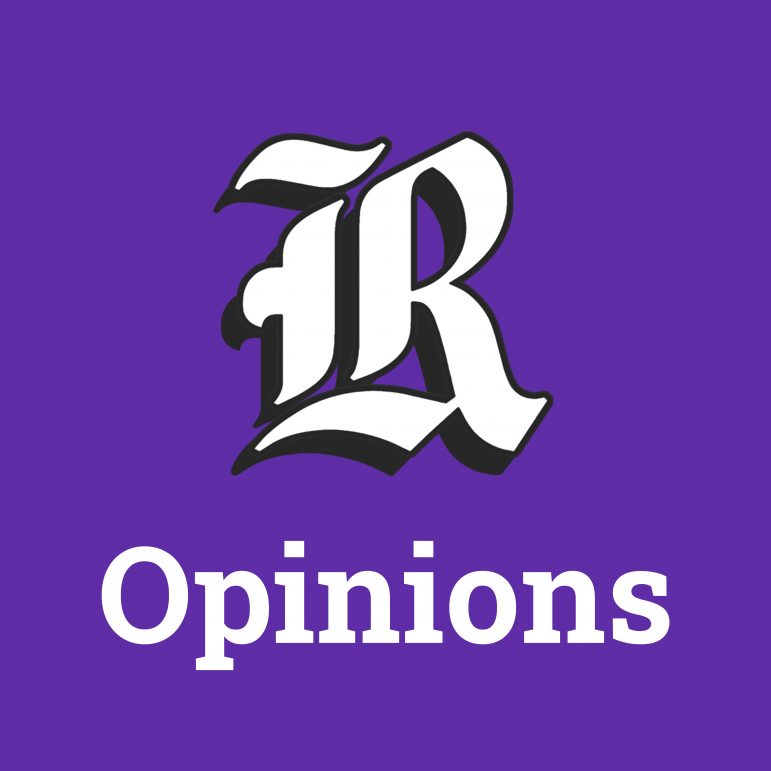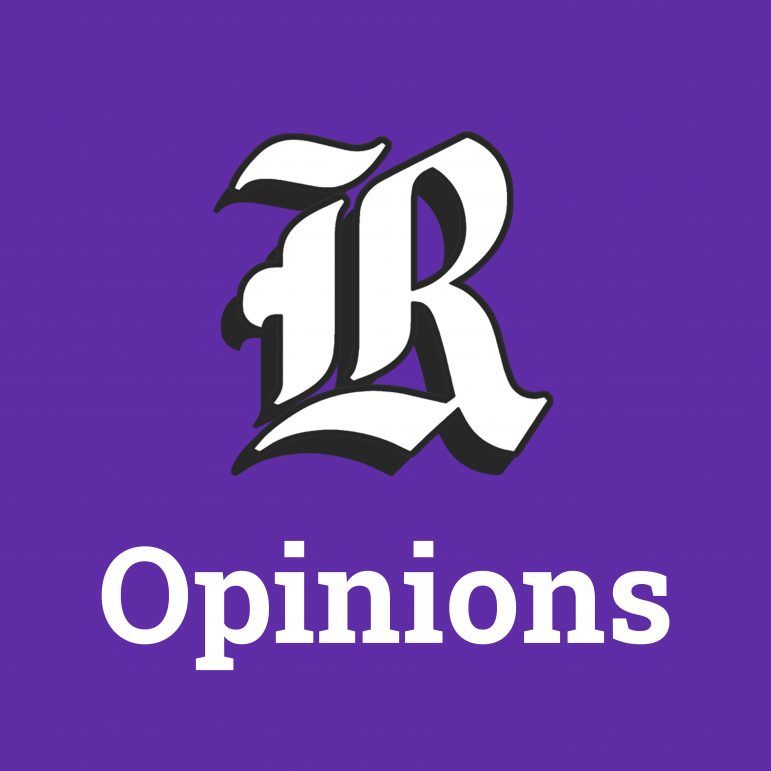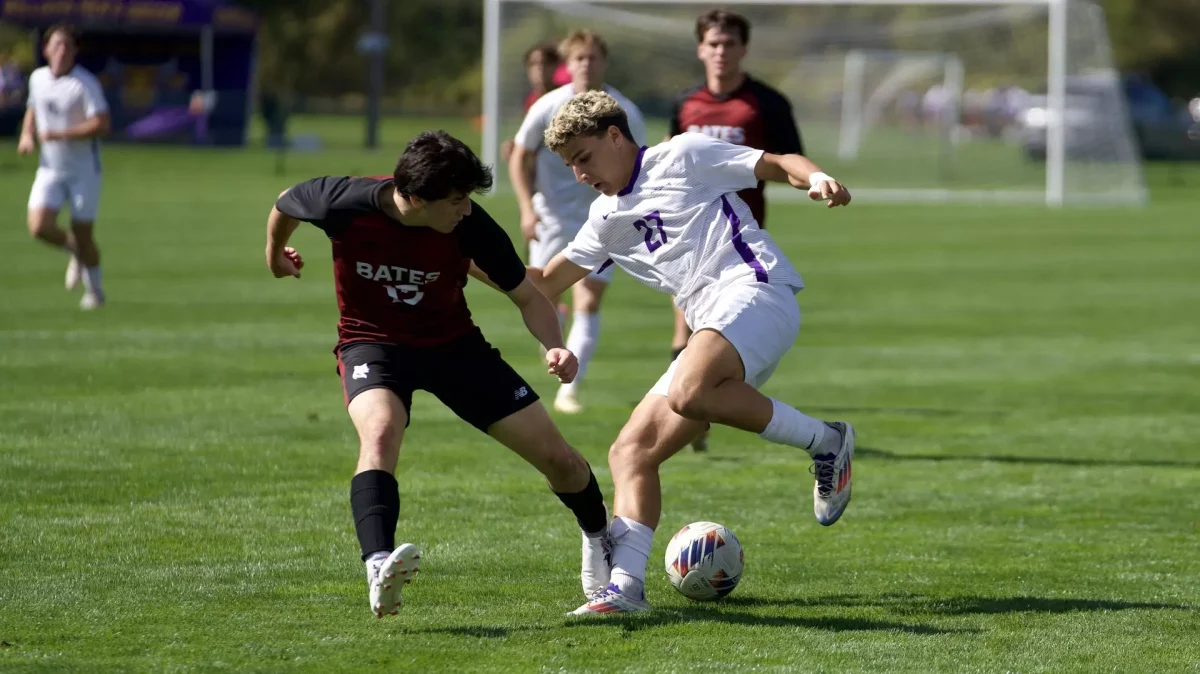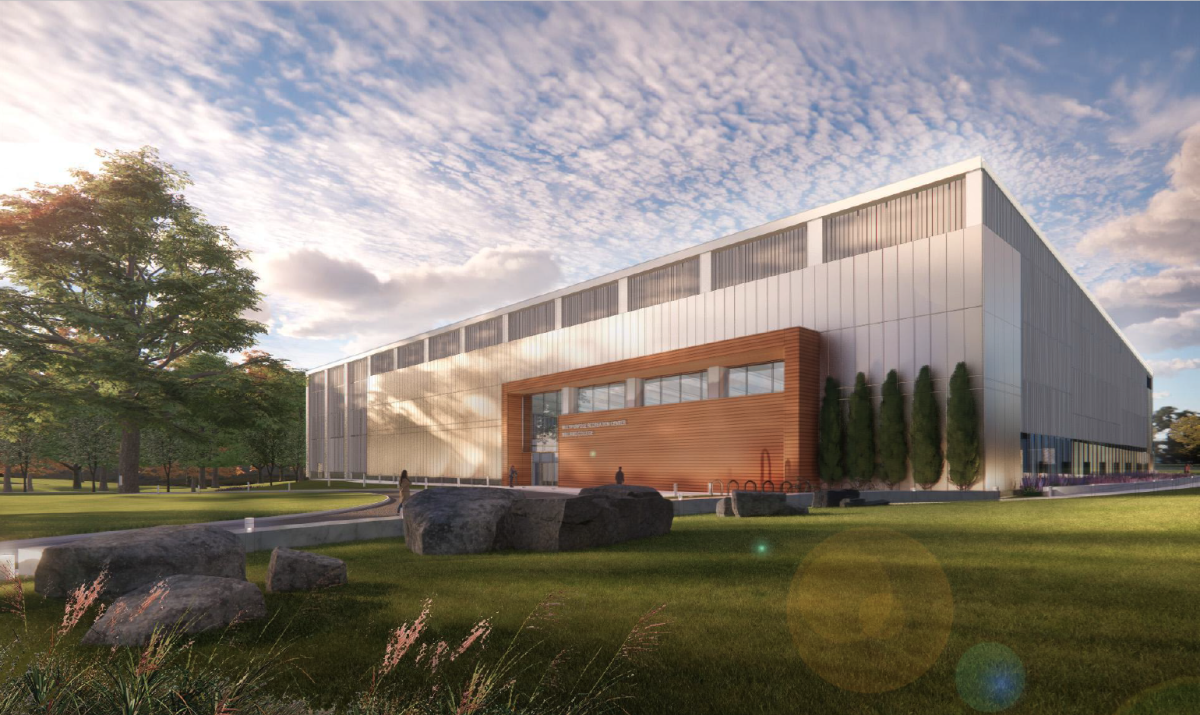Last week was a horrific week for Moroccans all around the world. The country was struck by an unprecedented 6.8-magnitude earthquake on Sept. 8 at 11:20 p.m. The earthquake decimated its epicenter in the High Atlas, which is part of central Morocco, but its reverberations were felt as far as Lisbon, Portugal. The affected zones have a population of around 600,000, and over a million including Marrakesh. Since the earthquake hit at night in an overwhelmingly rural area of the country, the devastation resembles an atomic war scene. In a few seconds, almost 3,000 people were killed, another 6,000 were injured, and over 50,000 homes were entirely or partially demolished. The strength of the shock collapsed the narrow roads that lead to villages encrusted in mountains. The damage is estimated at up to $10 billion.
I experienced the reverberations of the quake from Williamstown. I was at a work dinner when the earth shook in my home village of Tifoultoute in the Province of Ouarzazate in southeast Morocco. My sister tried to reach me many times, but I was unable to pick up her calls until I went back home and listened to the frantic message she had left me on WhatsApp. Listening to my sister’s voice reminded me of when my mother passed away in 2017. I could hear that she was traumatized and helpless, not understanding what was happening around her. Being an immigrant comes with a lot of benefits, but a portion of your mind and heart is constantly back home. When crises like an earthquake happen, you feel the need to be back, to be part of the larger community and contribute to any ongoing effort to help. You may leave your country or village of origin, but you never leave the obligations that tie you to people and place.
My intimate knowledge of southeast Morocco meant that I immediately understood that the earthquake would have far-reaching implications in the next decades. My first position as a school teacher was in rural schools in villages in Telouet and Ighrem n’Ougdal; areas that sustained significant damage from the earthquake. Many villages are only accessible by dirt roads, which sometimes were etched in cliff heights alongside the course of rivers. While breathtaking in beauty, these roads are scary if you take a moment to imagine what would happen if the car slips into the river. Most houses are made of adobe, and many people survive by selling agricultural products or livestock. The fortunate ones have educated children who secure lucrative jobs in big cities and are able to support their families. I witnessed a lot of vulnerability, but I also witnessed an unforgettable sense of generosity. The earthquake has just made a catastrophic blow to this way of life, which will take decades to recover.
The disproportionate vulnerability of people living in these mountainous areas has a complicated history. It is one of the residues of French colonial policy during the Protectorate (1912-1956). As a larger-than-life Resident General, Marshal Lyautey created modern Morocco during his reign between 1912 and 1925. He invented the distinction between “useful Morocco,” located on the richer plain and coastal areas, and the “useless Morocco” located east and south of the High Atlas mountains. Useful Morocco was the location of new cities and infrastructure whereas useless Morocco was the locus of armed resistance. The latter was kept intact and referred to as “le vieux Maroc” (the old Morocco), suitable for colonial extraction of minerals and manpower even after squashing the resistance in the 1930s.
Morocco’s independence in 1956 did not change this colonial territorial inequity; it actually deepened it. Moroccan cities west of the High Atlas grew and prospered while the hinterlands became even more vulnerable. When the earthquake hit on Sept. 8, it exposed the two Moroccos that live parallel to each other, showing that one Morocco lives in the 21st century whereas the other is still bogged down in lack of infrastructure and services.
This territorial marginalization is exacerbated by the fact that the High Atlas is home to Imazighen — the Indigenous people of North Africa. Their language, Tamazight, is spoken in the Amazigh homeland of Tamazgha, which extends from the Canary Islands in the Atlantic Ocean to the Oasis of Siwa in Egypt. For its own self-serving goals, France had a “Berber policy” (Berber was the racializing name given to Imazighen by the Romans) that resulted in a rich academic apparatus that examined and taught issues related to Imazighen.
However, when independence was achieved in Morocco and Algeria, all the achievements that Imazighen made during the colonial period were terminated. From Amazigh schools to Amazigh curricula and institutions where knowledge was produced, independent states waged a war against Amazigh identity of their nations to supplant it with an Arab-Islamic one. This anti-Amazigh policy was accompanied by territorial marginalization of Amazigh-speaking areas. Despite improvements in recent years, the earthquake in Morocco revealed the persistence of this exclusive mentality; the Moroccan national television stations had no Amazigh-speaking journalists to interview the survivors of the earthquake in their mother tongue.
Many ideas assaulted my brain in the midst of the global interest in the earthquake. As an Amazigh myself and a scholar of Amazigh studies, I needed to do something to show solidarity with the people amongst whom I had some of the best times in my life. With my colleagues Aomar Boum of UCLA and Mounia Mnouer of Princeton, I started a GoFundMe campaign to raise money that would go directly to family in the afflicted areas. Our campaign has raised over $100,000. A combination of academic networks, X (formerly Twitter), and other social media mobilization allowed us to reach a very generous global audience. Locally, Muslim Student Union, International Student Association, Southwest Asian and North African Student Union, and Williams College Jewish Association organized a fundraiser for Morocco and Libya. Several colleagues have also made generous donations. However, considering the sheer scale of devastation, the Williams community can and must do more to support our Moroccan peers.
It so happens that this semester, I teach the first cohort of “Global Scholars” at Williams, and part of our conversations have been about globalization and its discontents. This campaign allowed me to witness a positive side of globalization and its tools in a time of national disaster.
In a bubble like Williams, it is easy to feel removed from the problems of the world. But times like these are an opportunity to take initiative and make an impact, whether it is through a donation, or even an effort to educate oneself on a global crisis. In this age of globalization, the fates of people around the world are inextricably linked. We all benefit when we make an effort to be conscientious, well-informed citizens of the planet.
Professor Brahim El Guabli is an associate professor of Arabic studies and comparative literature from Ouarzazate, Morocco.







